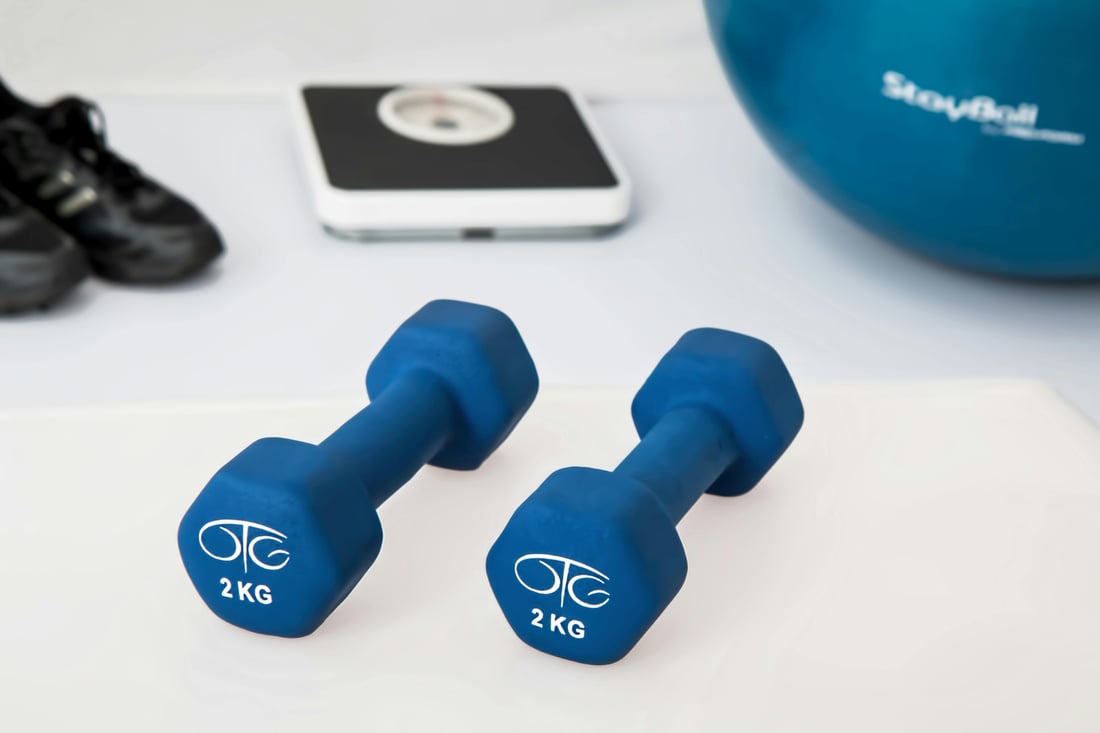Fitness equipment plays a crucial role in ensuring a safe and effective workout experience. Regular inspection of fitness equipment is essential to prevent accidents and ensure optimal performance. Proper maintenance and inspection can help extend the lifespan of the equipment and provide a better experience for users.
Key Components of Fitness Equipment Inspection
During a fitness equipment inspection, various components need to be carefully examined. This includes checking for any signs of wear and tear, ensuring that all parts are functioning correctly, and assessing the overall safety of the equipment. By paying close attention to these key components, facility owners can identify and address potential issues before they become serious problems.
The Benefits of Routine Fitness Equipment Inspection
Routine fitness equipment inspection offers numerous benefits, including improved safety for users, enhanced equipment performance, and cost savings in the long run. By conducting regular inspections, facility owners can address minor issues before they escalate, reducing the risk of accidents and downtime due to equipment failure.
Common Issues Found During Fitness Equipment Inspections
During fitness equipment inspections, common issues such as loose bolts, frayed cables, worn padding, and malfunctioning electronics are often identified. By spotting these issues early on, facility owners can take the necessary steps to repair or replace components, ensuring that the equipment remains in optimal condition for users.
Steps to Conduct a Thorough Fitness Equipment Inspection
To conduct a thorough fitness equipment inspection, start by visually inspecting the equipment for any visible damages or signs of wear. Next, test the functionality of each component, including buttons, cables, and weight stacks. Finally, document any issues or concerns that need to be addressed and create a maintenance plan to ensure the equipment remains in good working condition.
The Role of Qualified Inspectors in Fitness Equipment Inspection
It is recommended to hire qualified inspectors to perform fitness equipment inspections. These professionals have the expertise and knowledge to identify potential issues and recommend the appropriate course of action. By investing in professional inspections, facility owners can ensure the safety and reliability of their fitness equipment.
Compliance with Safety Regulations in Fitness Equipment Inspection
Regular fitness equipment inspections are not only important for safety but also for compliance with industry regulations. Following safety guidelines and conducting inspections on a regular basis can help facilities meet the necessary requirements and provide a safe environment for users.
Cost-Effective Maintenance Strategies for Fitness Equipment
Implementing cost-effective maintenance strategies is essential for preserving the integrity of fitness equipment. Regular inspections, preventive maintenance, and timely repairs can help extend the lifespan of equipment and reduce the overall costs associated with replacements. By prioritizing maintenance, facility owners can ensure a safe and efficient workout environment for users.
Training Staff on Fitness Equipment Inspection Protocols
Training staff on fitness equipment inspection protocols is crucial for maintaining a high standard of safety in fitness facilities. By educating employees on how to conduct thorough inspections and report any issues, facilities can proactively address maintenance needs and uphold a culture of safety and efficiency.
Conclusion
In conclusion, fitness equipment inspection is a crucial aspect of ensuring the safety, performance, and longevity of exercise equipment. By prioritizing regular inspections, addressing maintenance needs promptly, and investing in professional expertise, facility owners can create a secure and reliable workout environment for users.
Quote Inquiry
Contact us!

